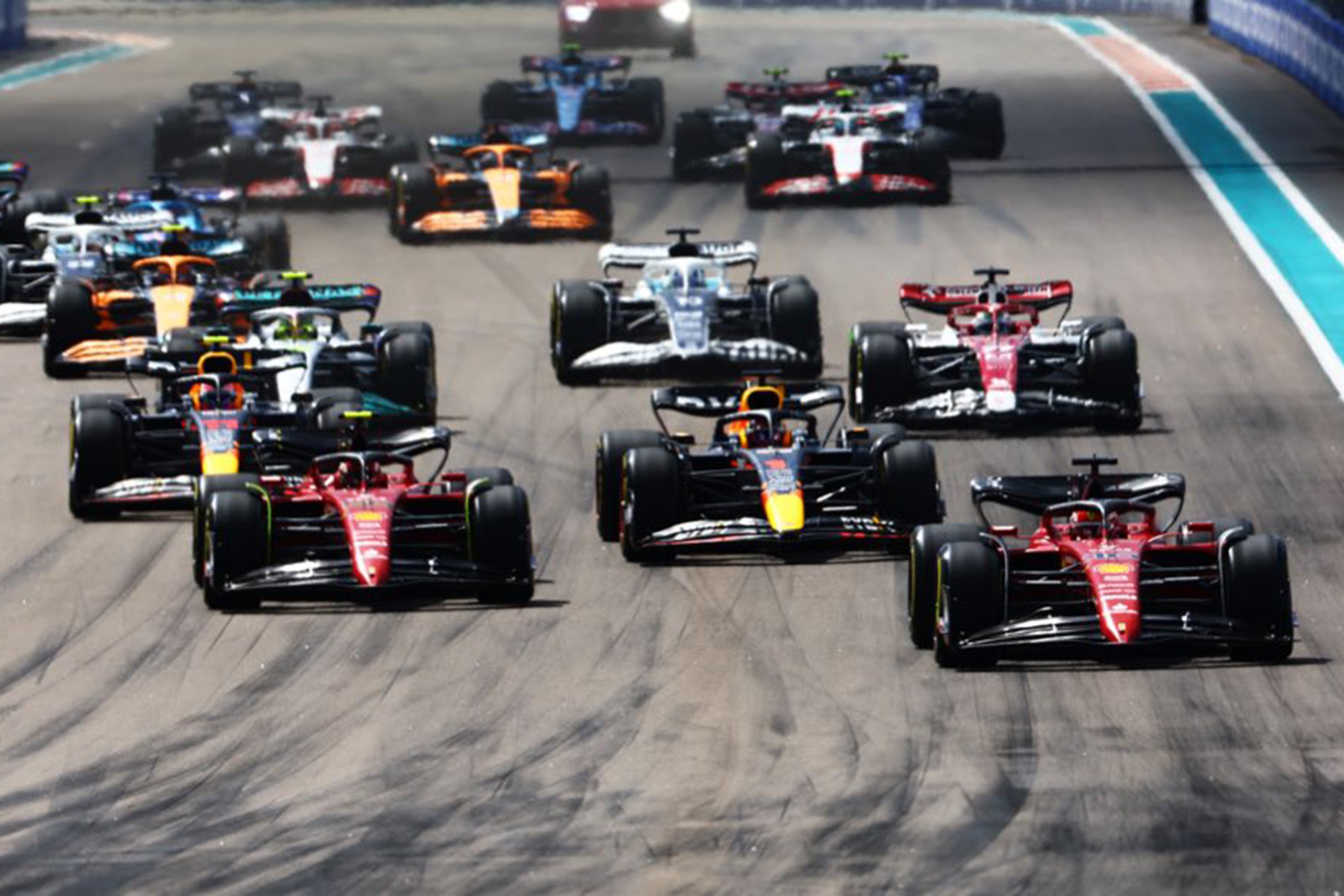Brackley's team in Miami had brought a number of very interesting aerodynamic changes that did not perform as well as hoped: they are likely to work by the time the package of novelties is completed in Barcelona, where the silver team is counting on making a quantum leap to turn around a much underwhelming championship.
In Brackley, they are not used to chasing. Since 2014, the beginning of the hybrid era, Mercedes has always dictated the timing of developments, knowing they have a big advantage.
The power unit for years has been a staple that has forced rivals to chase, while now the engine superiority has been overshadowed by a chassis and aerodynamics that have pushed the Star to third place in the technical value ranking, behind Ferrari and Red Bull.
Mike Elliott, Brackley's technical director, is convinced that, with the package of innovations to be introduced in Barcelona, the W13 can make the leap forward it needs to reopen a season that has so far reserved only bitter morsels.
The zero-sidepod Silver Arrow, which was launched in the Sakhir tests with the pomposity of those who were convinced they would shave a second a lap off everyone, has disappointed expectations, suffering more than any other ground-effect single-seater from porpoising, i.e., the bouncing that results in a large loss of load every time the bottom lifts off the asphalt.
But the troubles are not only aerodynamic in nature, there is something congenital in the layout of the car that is not working and frightening the engineers who are working tirelessly at home in an attempt to turn the championship around.
That's why the Spanish GP will be a watershed of sorts for the season: the package of updates will not only touch visible parts, because even with the spending constraints dictated by the budget cap, they have been putting their hands all over the W13 in Mercedes.
The goal is to make the behavior of the car more stable, being able to run with a lower ground clearance than we have seen so far, to recover that aerodynamic load that can be seen in the wind tunnel (where porpoising is not easy to measure) but not on the track.
Certain modifications, which should have yielded concrete results, such as the open front wing side bulkhead required research work that cost effort and money, but so far the expected positive effects have not been there.
Yet being able to bring more air to the outside of the front wheel makes it possible to generate vortices that should be useful in managing the flow destined for the bottom, where 50 percent of the car's downforce is generated.
The fact that the creatively designed wing with forward-curved flaps near the flap did not affect performance in Miami does not mean that the solution is a throw-away.
It is more likely to work with the full package that will be seen right in Barcelona, but having seen that even with innovative concepts the car has remained "deaf" to novelty has certainly not helped spark enthusiasm around a car that is fundamentally wrong.
Last year, too, the start of the season had been uphill, but covering the deficits of the bottom with waves had been taken care of by Lewis Hamilton. Now the Englishman has seemed a bit unmotivated as he takes a beating from his new partner, George Russell.
The young mate has no reverential fears and, more importantly, is able to drive over problems, not caring about the car's limitations, while the seven-time world champion has made himself available to the team to look for useful solutions with a more instrumented and heavier but less performance car.
In Spain there is an expectation to turn things around with a package that should be worth about four-tenths of a second. That is an enormity for modern F1: they have measured themselves in simulations. Now the confirmation of Barcelona is also expected...




 man fragt sich da öfters was die da Überhaupt manchmal machen.
man fragt sich da öfters was die da Überhaupt manchmal machen.
 Plus Canada um die Ecke von NewYork dann noch …
Plus Canada um die Ecke von NewYork dann noch …
